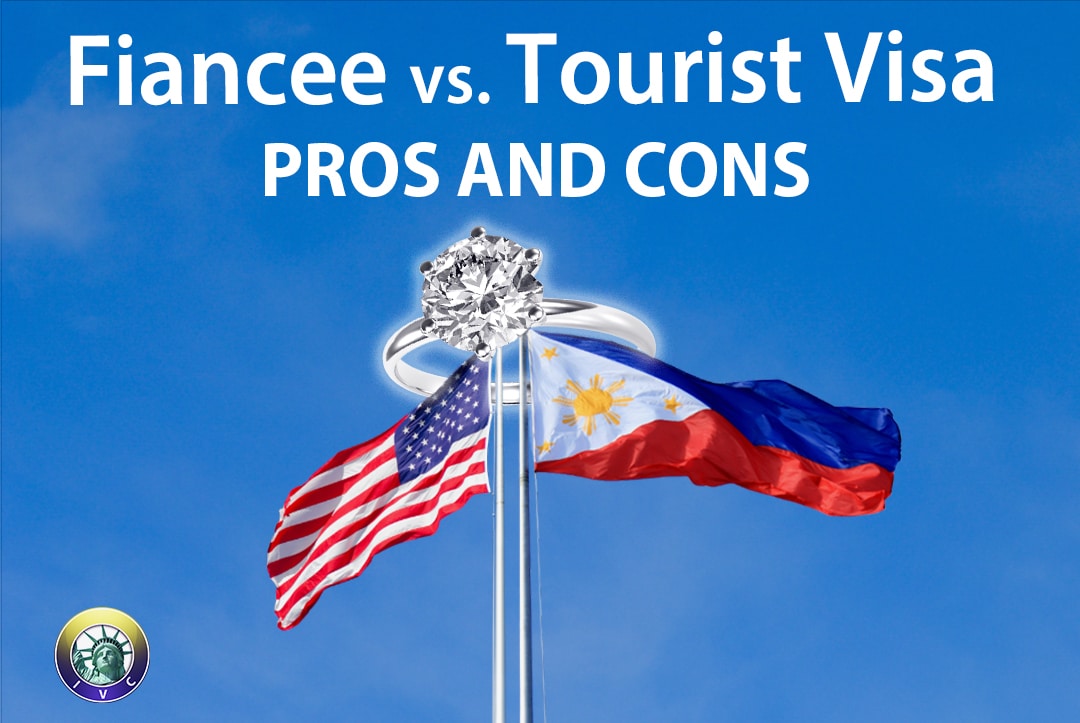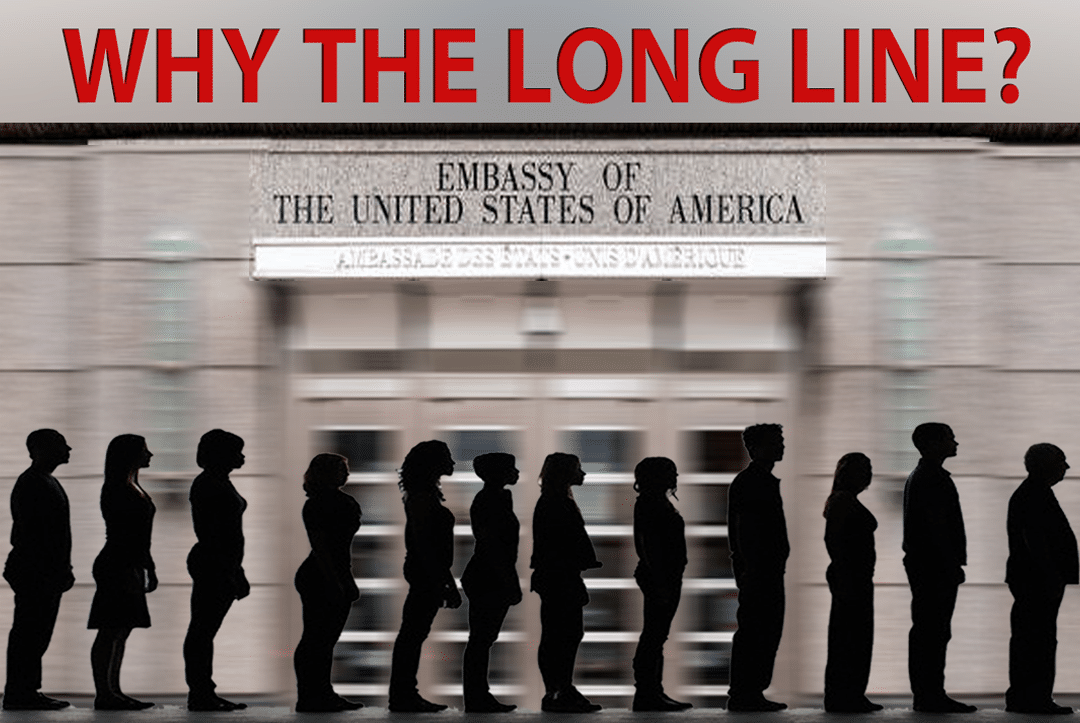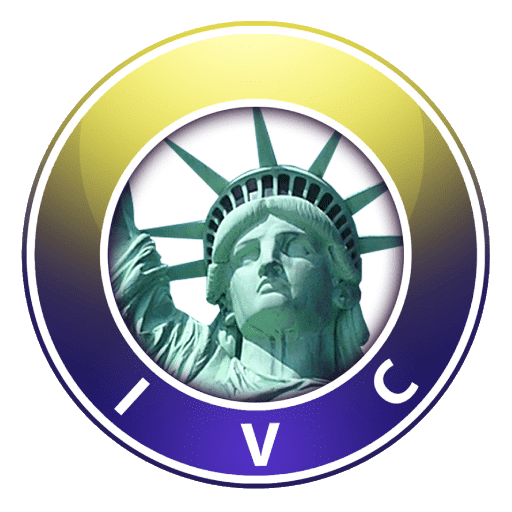As a U.S. Citizen or a Lawful Permanent Resident (LPR), you may sponsor a foreign-citizen family member to live in the U.S. permanently. Learn how to petition a family member and the subsequent visa application procedure in this post.
A Petitioner is the U.S. citizen or lawful permanent resident (green card holder) filing the petition on Form I-130, Petition for Alien Relative. The principal applicant, or principal beneficiary, is the person you are sponsoring and whose name appears on the I-130.
Review the immigrant visa petition categories
Filing an I-130
To petition a family member to live in the USA, you, as the sponsor, must take the steps outlined below.
- Complete the most current petition form (I-130 Petition for Alien Relative)
- Submit the completed form with the supporting documents to the specific USCIS Lock Box facility. The location of the Lock Box facility depends on your permanent address in the U.S.
- Include the correct filing fee with the petition and supporting documents. The fee is currently set at $535. You may pay the fee with a money order, personal check, or cashier’s check. When filing at a USCIS Lockbox facility, you may also pay by credit card using Form G-1450, Authorization for Credit Card Transactions. If you pay by check, you must make your check payable to the U.S. Department of Homeland Security. Service centers are not able to process credit card payments.
- The USCIS will release an I-797 Notice of Action. This is the Acknowledgment Receipt or the Receipt Notice.
- Sometimes, the USCIS will send you a notice to submit additional evidence . This document is called the Request for Further Evidence (RFE). Observe the deadline or the time when you must submit the evidence to the requesting USCIS office.
- Once the USCIS has finished assessing your petition, it will forward the case petition to the National Visa Center (NVC). The USCIS will send you another I-797 Notice of Action form, the Approval Notice.
Get to know how to call the USCIS
Requirements for Filing an I-130 petition
Essentially, you must provide evidence of legal immigration status either as a U.S. citizen or LPR to prove your eligibility to sponsor a foreign-citizen family member. These are the documents to prove your immigration status.
- Certificate of birth in the U.S. or a Certificate of Naturalization, or a copy of your current and valid U.S. passport.
- If you are an LPR, copy of the front and back of your green card or permanent resident card.
Take care while assembling your fiancee visa petition packet. Read about why visa applications can be disapproved.
Documents to prove relationship to the sponsored relative
You must also prepare copies of the following documents:
- Sponsoring a spouse:
- Certificate of marriage
- Evidence of termination of previous marriages, if any. Examples of these documents are a final divorce decree, or death certificate, or final decree of annulment of marriage.
- Mother sponsoring a child:
- Birth certificate of the child stating your name. Even if your child is born out of wedlock, the birth certificate is an essential document to establish your relationship with the child.
- Father sponsoring a child:
- If your child is legitimate, a copy of the marriage certificate.
- Documents showing previous marriages were terminated if any.
- If your child is born out of wedlock, present evidence of your genuine parent/child relationship such as:
- Proof of financial support to your child as he was growing up
- Documents showing your continuing concern for your child’s welfare.
- Filing for an adopted child:
- The Final Decree of Adoption
- Evidence that you complied with the Hague convention procedure for adoption if applicable.
- Documents establishing a genuine parent/child relationship between you and your child.
- Filing a petition for your mother:
- Birth certificate showing your name and your mother’s.
- Filing a petition for your father:
- Your birth certificate must have the names of your parents on it.
- A marriage certificate to establish that your parents married each other.
- Documents to prove that each of your parents’ prior marriages wer legally terminated.
- If you are filing for a stepparent or adoptive parent, or if you are filing for your father and you were born out of wedlock, submit evidence of when the stepparent/stepchild relationship was established.
Proof of the ongoing relationship
You must also demonstrate that your relationship with your family member is ongoing. Therefore, prepare copies of the following documents:
- For your spouse:
- Emails and greeting cards, preferably with postmarks
- Photos before and during the relationship
- Remittances
- Joint ownership of property or joint tenancy of common residence
- Joint accounts for banks, real estate properties, and credit cards,
Filing Fee and Where to File
The current filing fee per I-130 petition is USD five hundred thirty-five (USD535.00). This fee is non-refundable The following are the protocols for payment.
- Payment may be in the form of a money order, personal check, or cashier’s check.
- When you are filing at a USCIS Lockbox facility, you may also tender payment by credit card using Form G-1450, Authorization for Credit Card Transactions.
- If you are paying by check, make it payable to the U.S. Department of Homeland Security. Service centers are not able to process credit card payments.
You should send the I-130 packet to the Chicago, Dallas, or Phoenix Lockbox, depending on where you live and whether your relative is also concurrently filing Form I-485, Application to Register Permanent Residence or Adjust Status.
Visa Processing with the National Visa Center
Learning how to petition a family member at the USCIS is the first step. The next stage, which is visa processing with the National Visa Center (or NVC), starts when:
- The NVC receives your I-797 Approval Notice from the USCIS.
- The priority date of the petition you filed is current.
Unless the US government makes an announcement, visa processing continues despite the coronavirus outbreak. Hence, continue to comply with the documents requested by the NVC. The U.S. Embassy will interview visa applicants with current priority dates who have complete the visa application with the NVC.
Processing time at the NVC
The NVC may start visa processing based on whether a visa petition is subject to quota or not. The NVC will process petitions in the immediate relative categories once the NVC receives the cases from the USCIS. However, if the petition is subject to restrictions, you may encounter a delay in the processing at this stage.
The NVC transmits cases to a consular post when you meet the conditions below.
- You or the principal applicant pays all current visa fees.
- The principal applicant uploads all supporting documents to the NVC.
- If the petition belongs to any of the preference categories, the priority date for the category is ready to start processing.
The NVC will send the interview schedule to the principal applicant. Embassy interviews are held at the nearest consular post where the principal applicant resides. Hence, the principal applicant must have his medical examination completed before appearing for the visa interview.
Review the annual quotas per immigrant visa petition category.
Proof required by the NVC
The NVC requires proof that:
- You, the petitioner is still alive
- You are financially able to support the principal applicant and the family members accompanying him.
- The applicant is the person being petitioned.
- The principal applicant meets the requirements for criminal history.
- You and your principal applicant have a continuing family relationship for the specific family-preference category.
Once you know how to petition a family member, sponsoring other qualified members will be easier.







